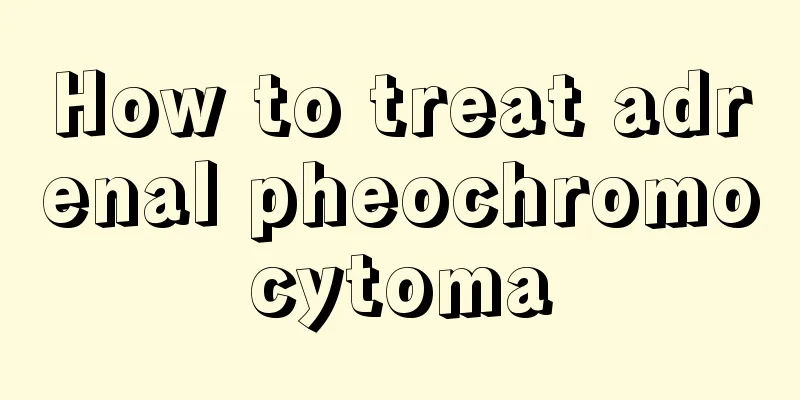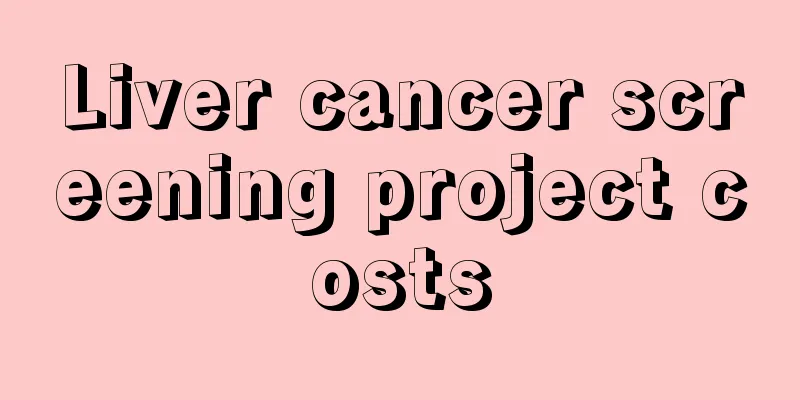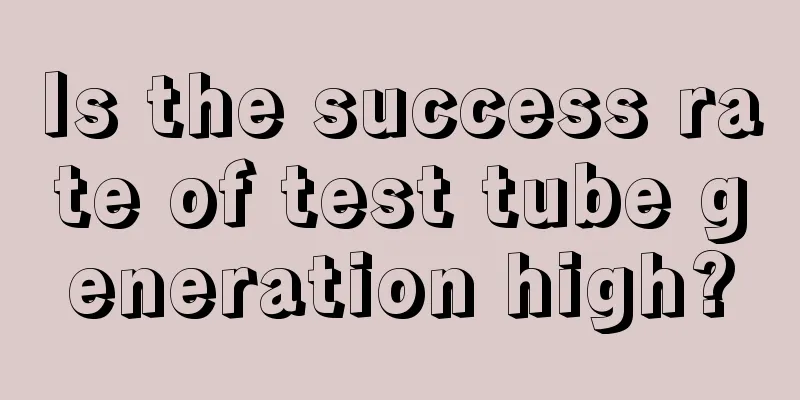How to treat adrenal pheochromocytoma

|
The harm caused by adrenergic pheochromocytoma is relatively large, especially malignant pheochromocytoma. Treatment must be carried out as soon as possible to reduce its impact, including surgical treatment, and it can also be combined with chemotherapy such as vincristine and dacarbazine. 1. Treatment of hypertensive crisis caused by pheochromocytoma The head of the bed should be elevated first, and phentolamine should be injected intravenously immediately. Observe blood pressure closely and stop injection when it drops to around 160/100 mmHg. Followed by slow drip. 2. Postoperative treatment After the tumor was removed, the patient's blood pressure dropped rapidly. If persistent hypertension persists after surgery, it may be that the tumor has not been completely removed or is accompanied by primary hypertension or renal hypertension. Catecholamines return to normal levels 7 to 10 days after surgery. Therefore, catecholamines or their metabolites should be measured 1 week after surgery to determine whether the tumor has been completely removed. For patients who cannot undergo surgery or whose malignant tumors have spread, long-term drug treatment can be used. Most tumors grow slowly. Long-term treatment with adrenergic receptor blockers and α-methyltyrosine can effectively inhibit catecholamine synthesis. 3. Treatment of malignant pheochromocytoma Malignant pheochromocytoma may recur in the retroperitoneum or metastasize to the bones, lungs, liver, etc. Recurrence may occur several years or even decades after the first surgery, requiring long-term follow-up observation. Although radiotherapy is not very effective, it is beneficial for controlling bone metastasis. Cyclophosphamide, vincristine, and dacarbazine (dacarbazine) can be used in combination for chemotherapy. 4. Management of familial pheochromocytoma Familial pheochromocytomas are often multiple or involve both adrenal glands and have a high recurrence rate. Available options include follow-up observation for small, nonfunctional tumors, adrenalectomy on the tumor side, and prophylactic bilateral adrenalectomy. Long-term corticosteroid replacement therapy should be considered after bilateral adrenalectomy. 5. Management of pheochromocytoma during pregnancy Pheochromocytoma during pregnancy is difficult to manage. Vaginal delivery without any preparation often brings great harm to the mother and baby. MRI is suitable for localization of the tumor. Once the diagnosis is made, alpha-blockers should be taken to control symptoms. If the pregnancy is in the early or middle stages, surgery should be performed immediately after adequate preoperative preparation. There is no need to terminate the pregnancy after surgery, but surgery may increase the risk of miscarriage. If the diagnosis is made late in pregnancy, cesarean section can be performed at term along with surgery for pheochromocytoma. If the fetus is not yet mature, the patient should continue to take medication and be closely monitored until surgery is appropriate. |
<<: What causes headache and eye pain?
>>: What should I do if my eyes hurt and become dry
Recommend
Do I need to go to bed early for a physical examination?
You need to go to bed early for a physical examin...
How long is the human blood metabolism cycle?
The human body is undergoing metabolism all the t...
What causes nosebleeds in adults
Nowadays, the pressure of life and work is relati...
Can a patient with early-stage colon cancer live for decades?
Can you live for decades with early-stage colon c...
What to do if there are seven-spotted ladybugs in the house
Ladybugs are very common in our daily lives. Ther...
What medicine should I use for blurred vision
Eyes are windows to the soul. If there is a probl...
Which three signs are most feared in late stage lung cancer
There is actually no fixed and absolute statement...
Is there a bulge in the tear trough?
In recent years, with the rapid development of pl...
How to choose delicious apples_Which variety of apples is the most delicious
Apple is a very common fruit in life and is very ...
How to wash off menstrual blood on underwear
Many adolescent girls will accidentally get blood...
What's wrong with the low-grade fever? It'll surprise you
Sometimes people have a low-grade fever and don&#...
What essential oil is best for dry, frizzy hair?
If your hair becomes dry and frizzy, you can use ...
Why does a person's heart rate become too low
Many people in life don’t quite understand why th...
Side effects of radiation therapy
Nowadays, many cancer patients, regardless of whe...
What causes chicken skin?
The problem of goose bumps on the skin is believe...









